Looking for a specimen?
The Palaeontology collection is being digitised

The geographic, stratigraphic and historical coverage of the seven million vertebrate, invertebrate and plant fossils in the Museum's palaeontology collection make it globally important.
The Palaeontology collection is being digitised
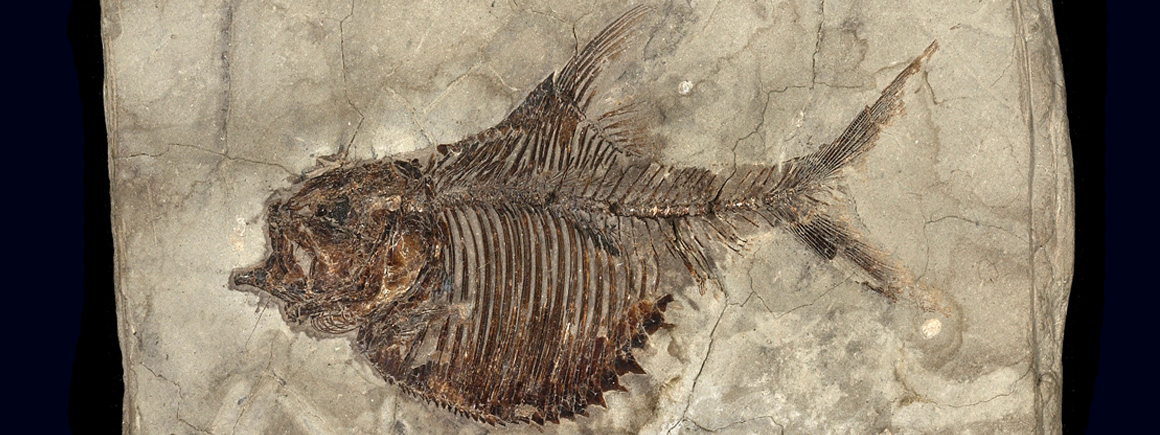
Our large collection of fossil fishes contains approximately 90,000 specimens, of which 5,000 are type or figured specimens.
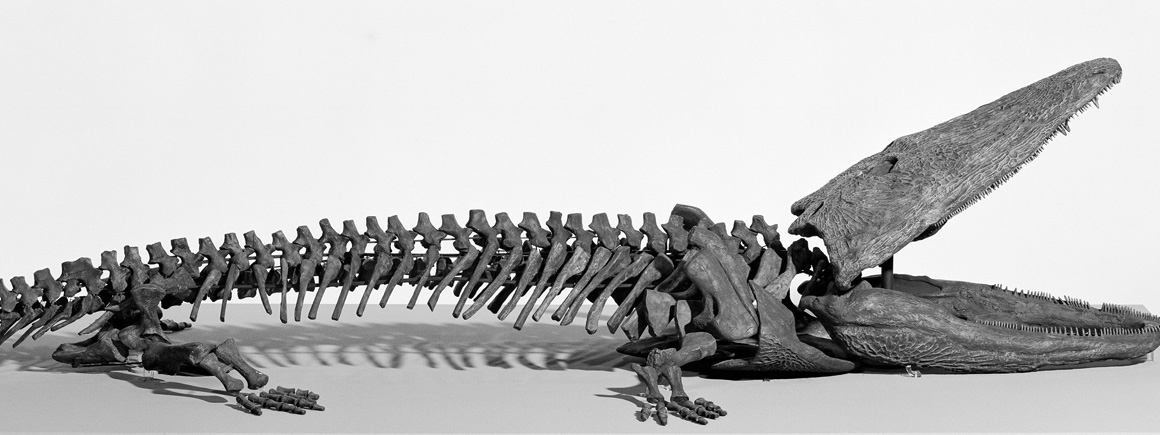
The fossil amphibian collection contains approximately 400 specimens and casts.

The fossil bird collection includes Archaeopteryx, large flightless birds (ratites) and recently extinct species such as the dodo.
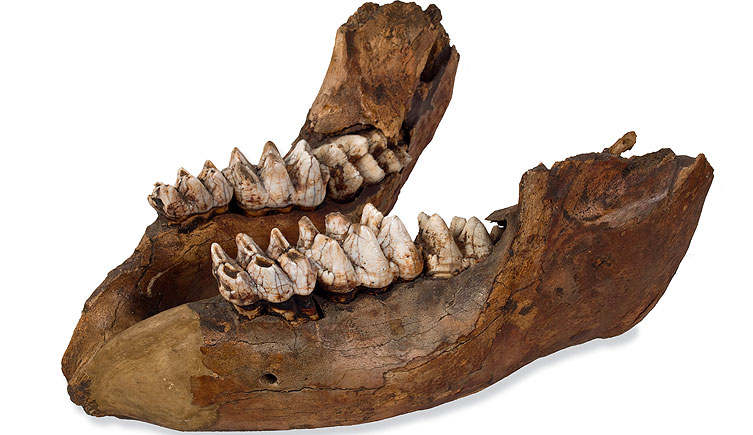
The collection contains around 250,000 specimens from around the world and is rich in type and figured material.

Our collection of marine reptile fossils contains many specimens from the Lower Lias of the UK’s Dorset coast, including some discovered by Mary Anning.

We house one of the world’s most important dinosaur collections, which includes 157 taxa and 69 type specimens.
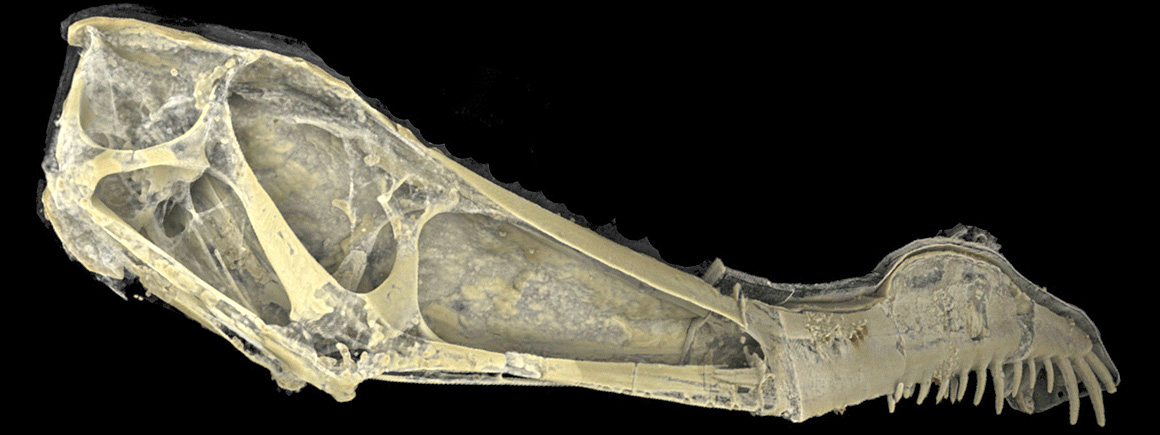
Our pterosaur collection contains around 1,000 specimens, from isolated incomplete bones to articulated skeletons on slabs.

Our collection contains over 3,000 specimens, including a large amount of material from Africa.
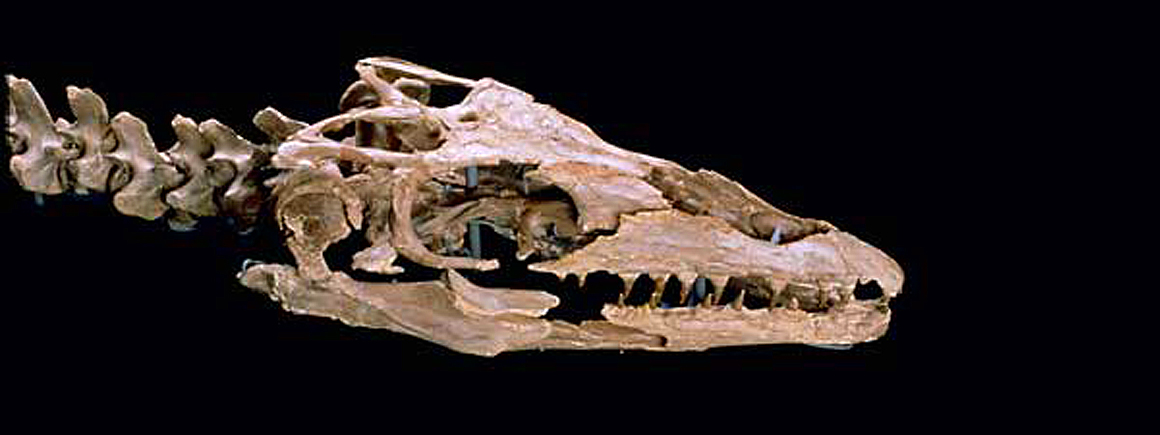
Our collection of fossilised lizards and snakes includes many specimens from Britain.

The collections contain around 5,000 specimens, from individual bones to articulated skeletons on slabs.
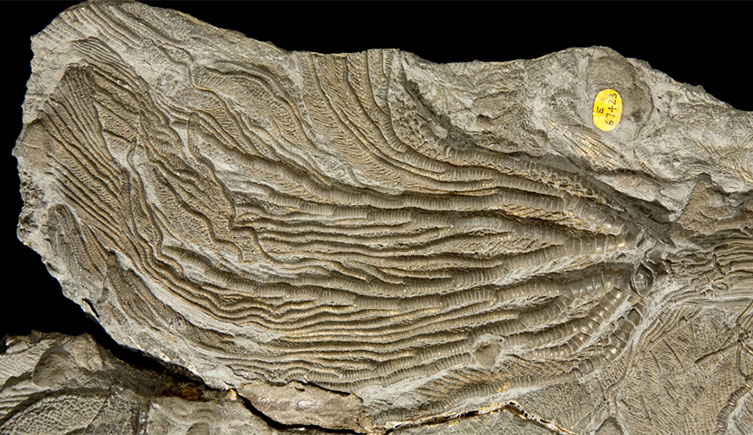
The diversity and abundance of echinoderm fossils are reflected in our large, world-class collection.
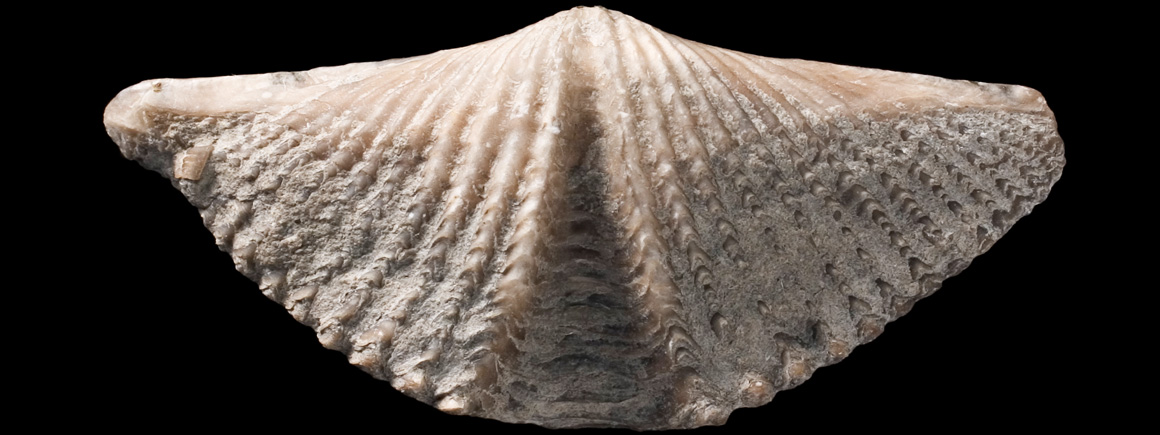
The collection has more than 300,000 specimens, including 10,000 type and figured specimens.
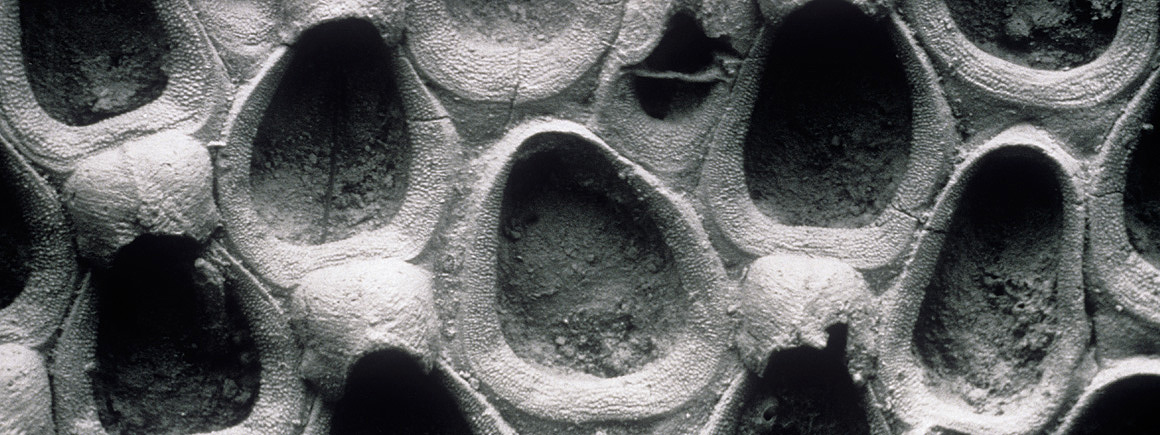
We hold the best collection of fossil bryozoans in the world, with over 5,000 type and figured specimens.
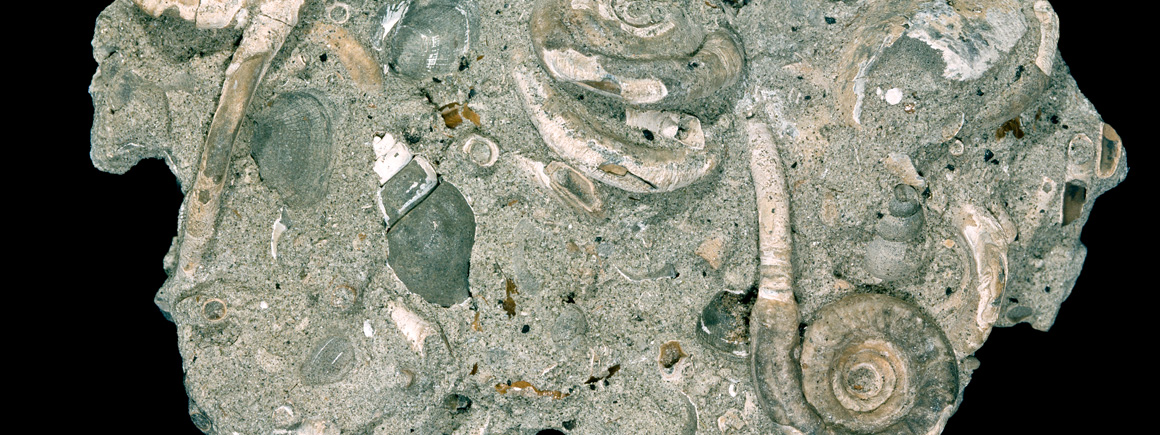
Our collection of fossil annelids is both geologically and geographically diverse.

The fossil mollusc collection is systematically, stratigraphically and geographically comprehensive, and includes more than 20,000 type and figured specimens.

Our fossil sponge (phylum porifera) collection contains around 71,000 specimens, including over 200 type and figured specimens.
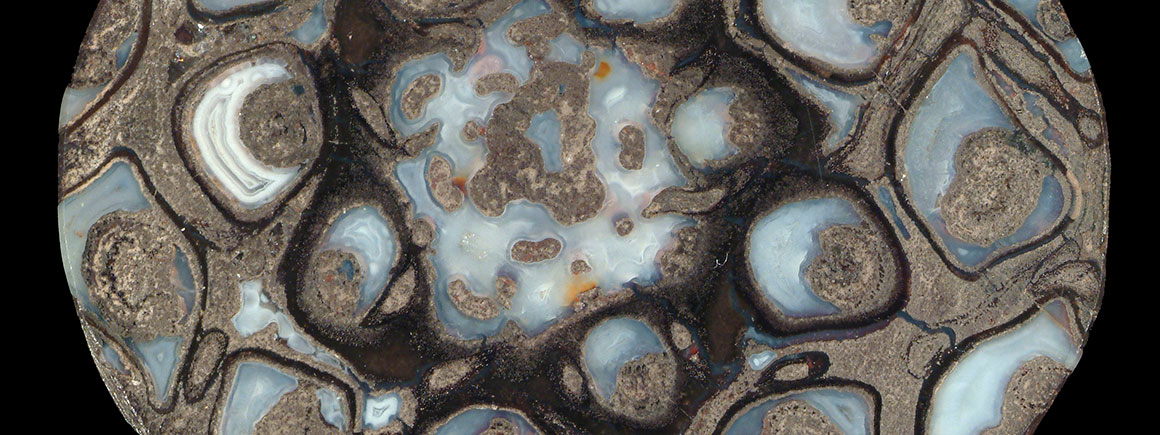
Our collection of fossil and recent (living) ostracods, including 20,000 single-specimen mounts and many faunal slides.
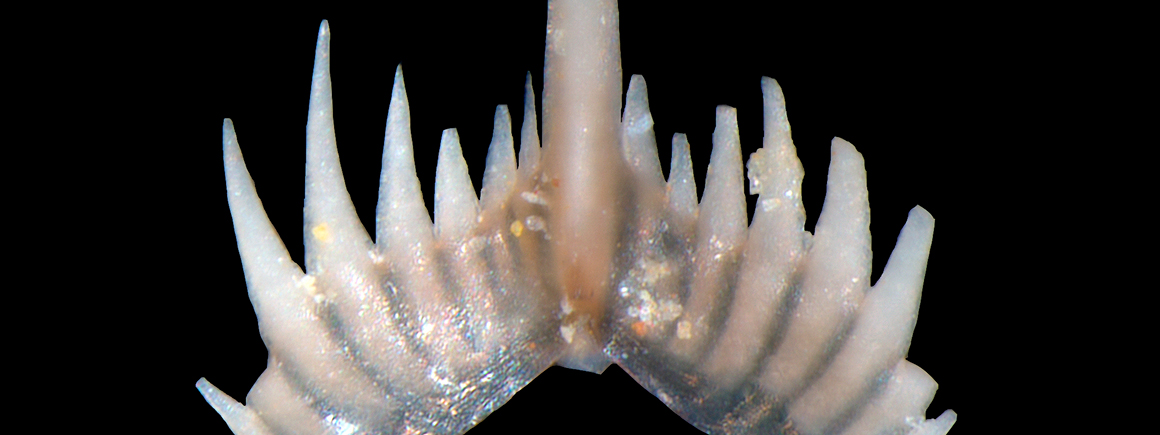
The Museum’s collection of conodont microfossils is particularly strong in Carboniferous material.
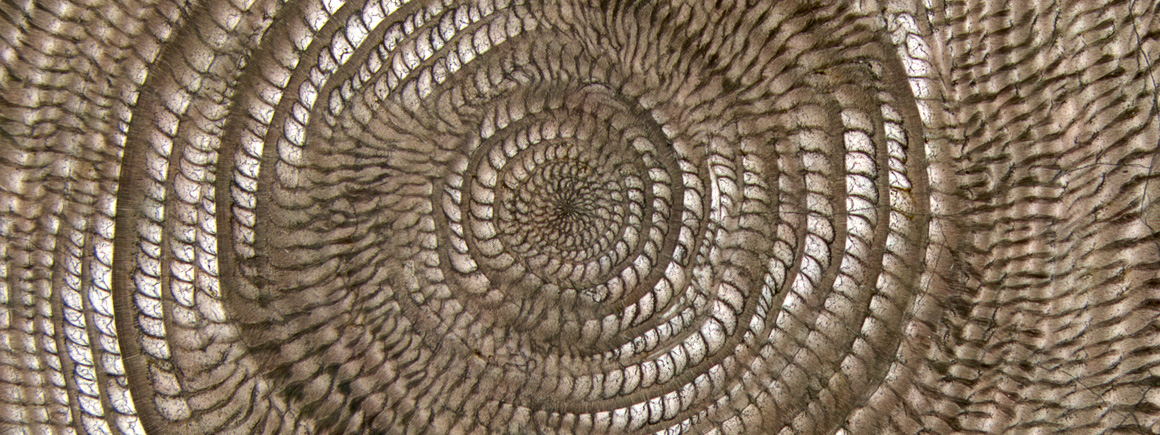
The most extensive of the Museum's micropalaeontological collections, with approximately 250,000 slides.
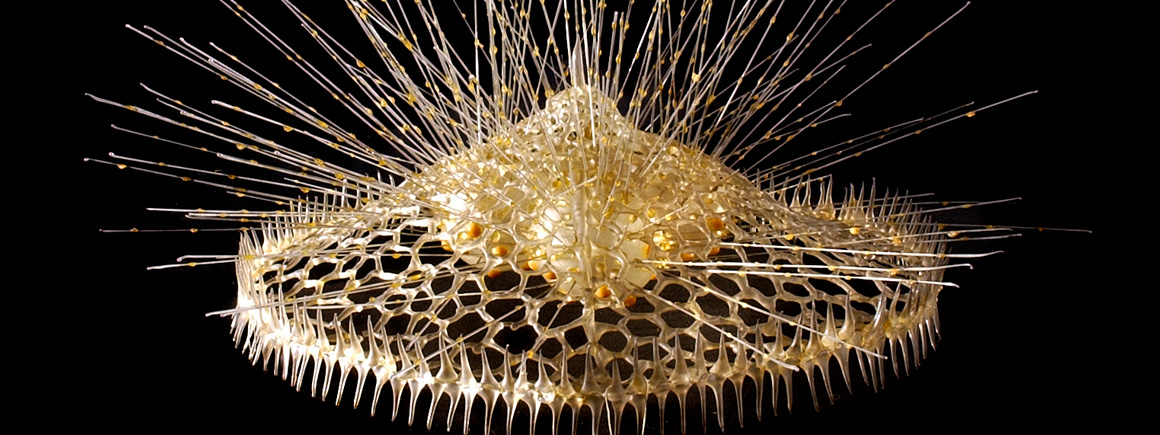
The Museum’s radiolarian collection is a valuable resource for dating rocks and studying oceans of the past.
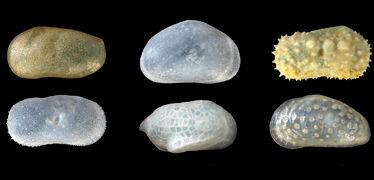
The Museum’s collection of fossil and recent (living) ostracods, including 20,000 single-specimen mounts and many faunal slides.

The Museum's nannofossil collection is particularly important for ocean acidification studies and contains both fossil and modern coccolithophores.
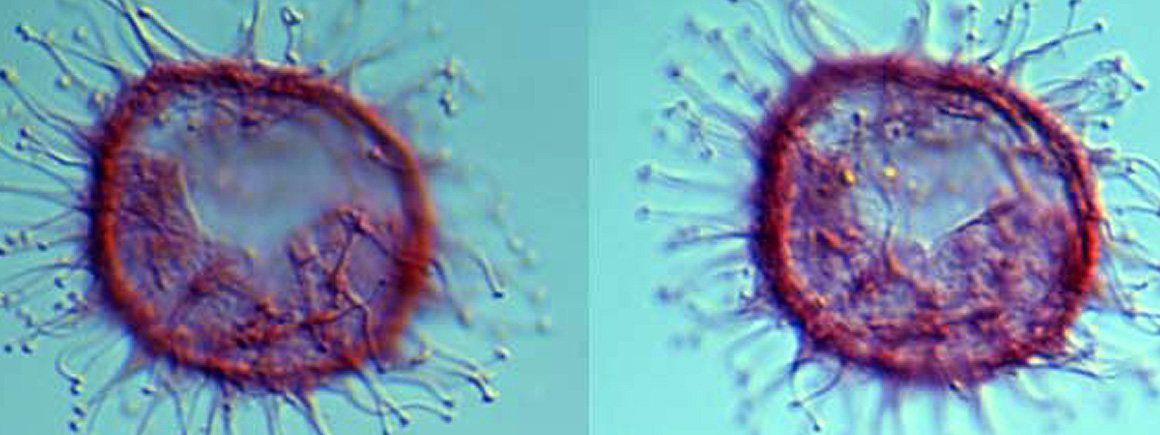
The Museum holds spore and pollen microfossil specimens in a number of discrete collections, including the John Williams Index of Palaeopalynology.
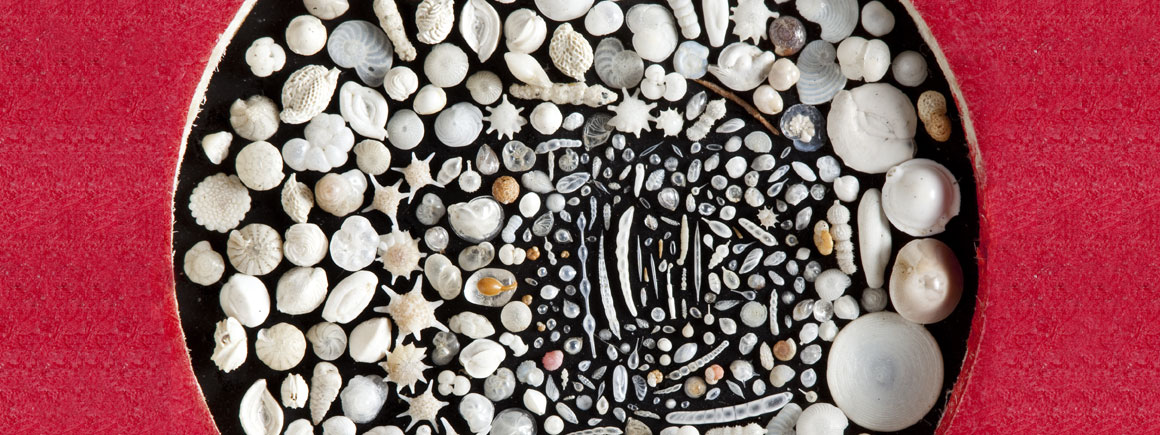
The Heron-Allen Library is a leading international resource for micropalaeontology literature.
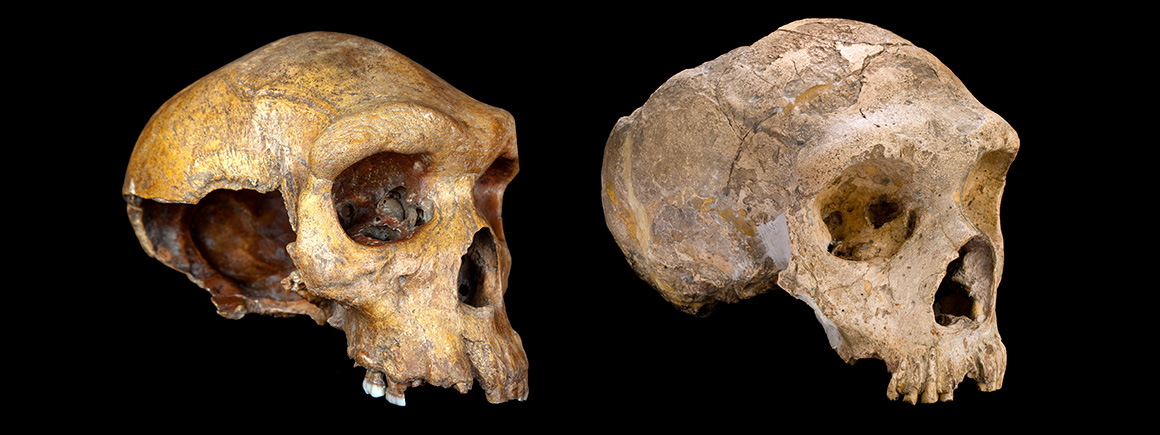
The Museum's palaeoanthropology collection includes the UK's largest assemblage of fossil hominin remains and a diverse collection of hominin tools.
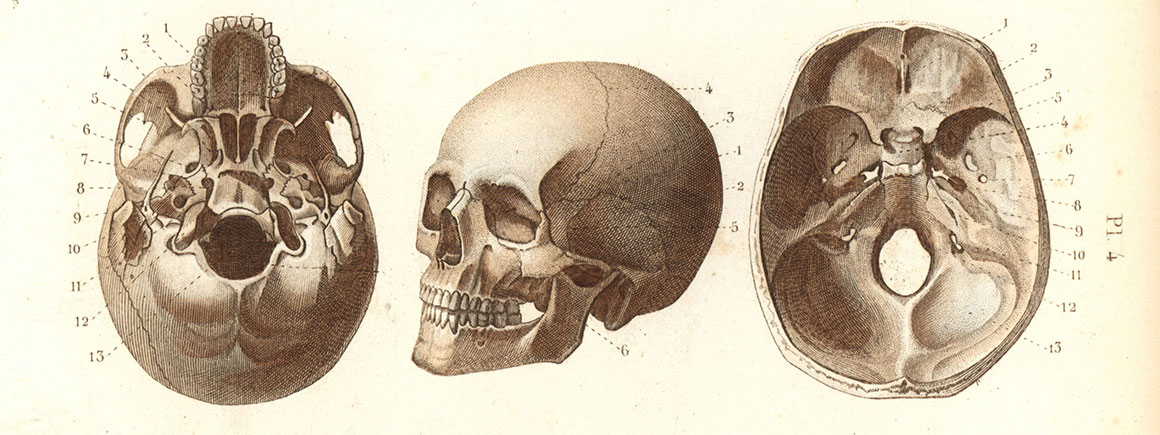
The Museum’s human comparative collection is the largest collection of human remains in the UK, with nearly 25,000 individuals represented.
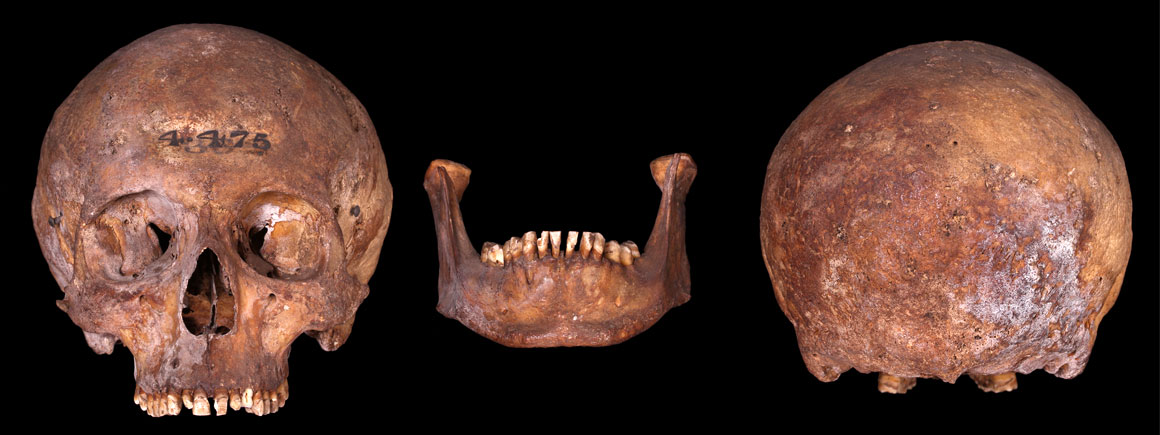
The remains of 740 individuals who lived in London over the last 5,000 years, excavated over a century ago.
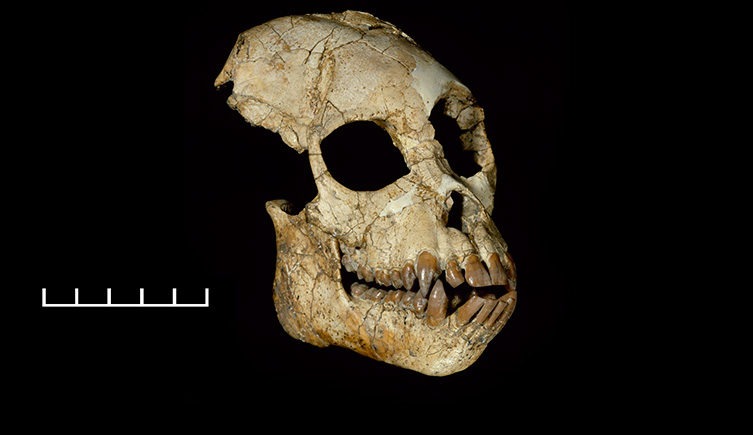
The Museum’s fossil primate collection contains around 1,000 original specimens and casts representing 96 of the approximately 500 recognised species of fossil primate.
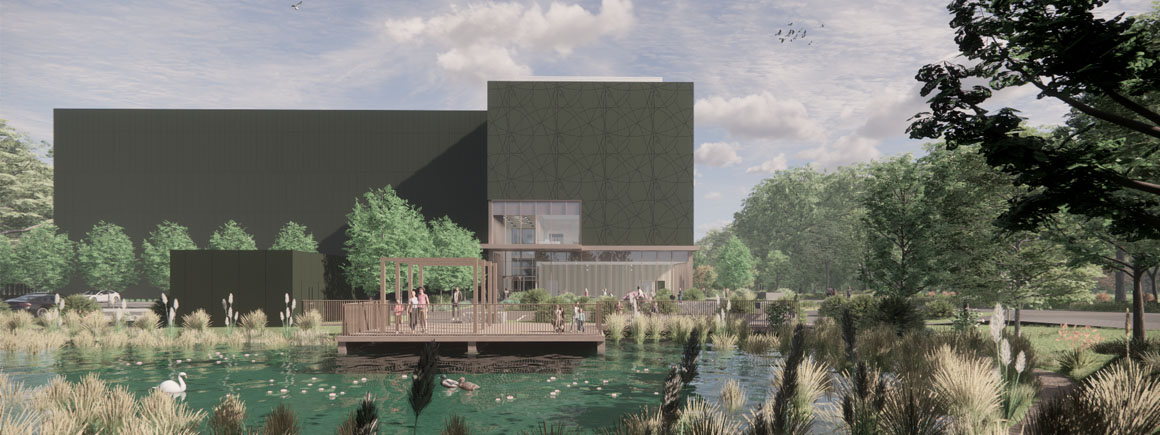
Access to some collections will be affected as we prepare for the move to our new collections, science and digitisation centre.
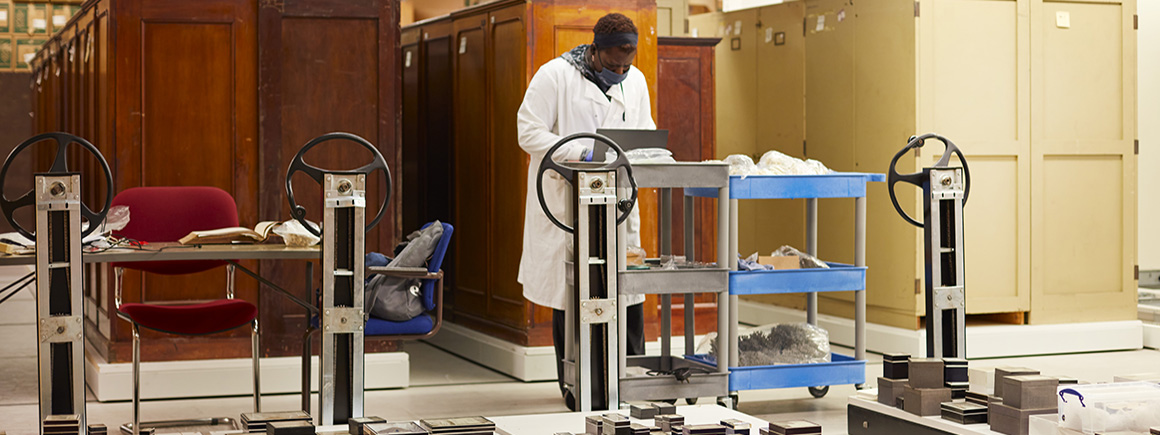
Scientists and collections management specialists can visit the collections and borrow specimens for research.
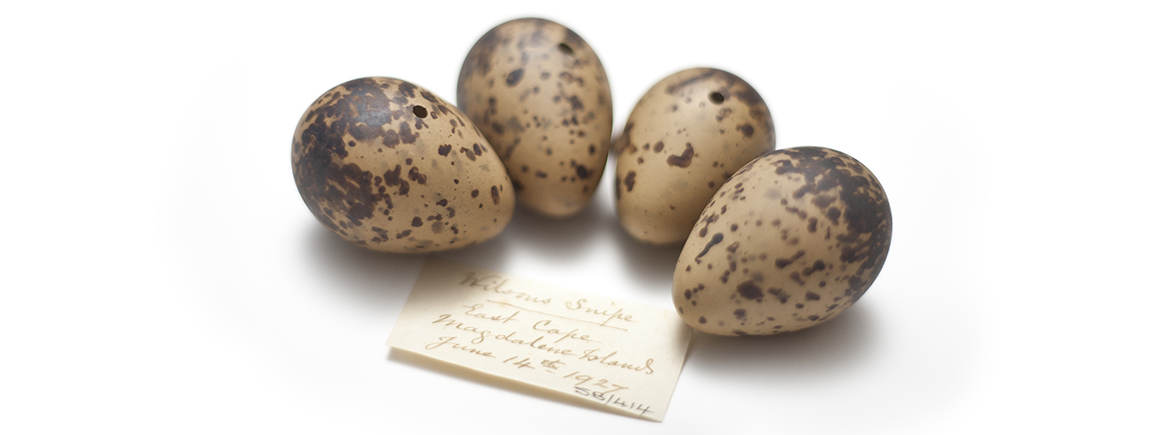
Our duty is to provide a safe and secure environment for all of our collections.